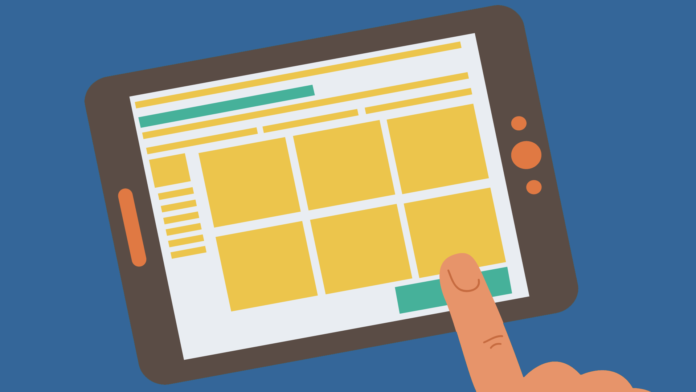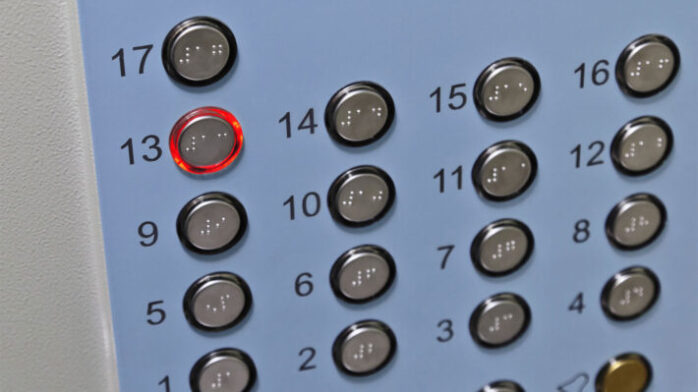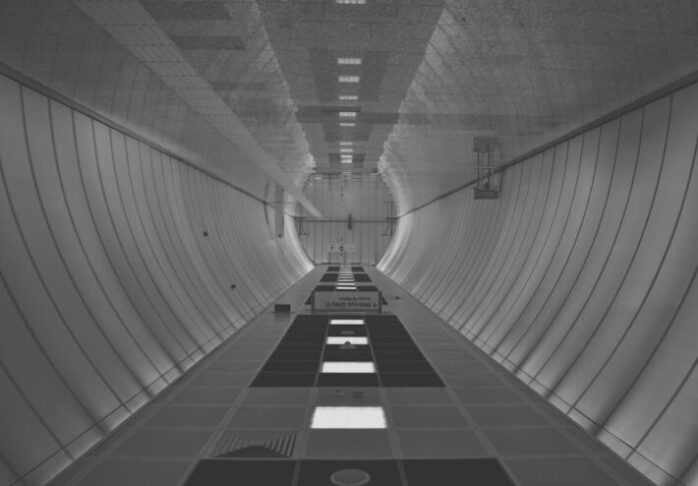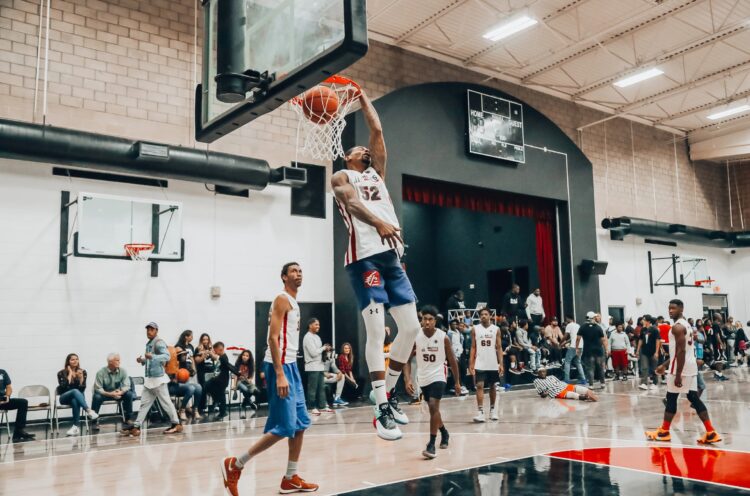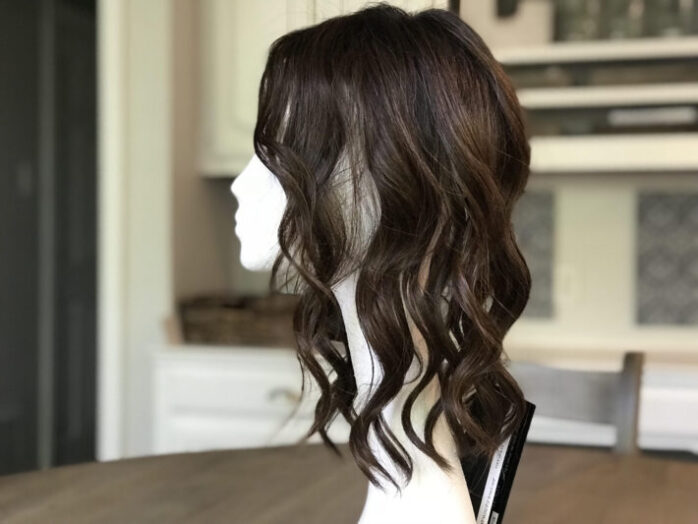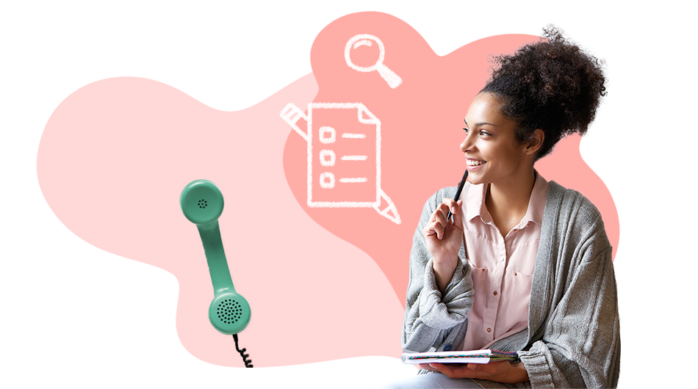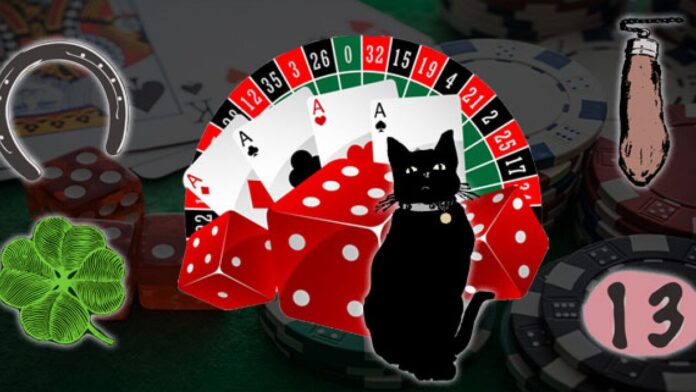A post-click landing page is a stand-alone web page that users reach after they clicked on an ad, a sponsored post or link, a social media ad, etc. The sole purpose of a post-click landing page is to convince users to convert buy a product, download content, subscribe to a service, and more. To create such a page that converts traffic into clients, a business or solo entrepreneur should factor in a handful of elements, from color psychology to other UX elements. Let’s see today a few things to know about the architecture of a highly converting post-click landing page.
1. Contemporary UX & UI Design
When it comes to the latest trends in web design, any business, freelancer, or entrepreneur should keep in mind the following: mobile responsiveness, appealing colors, dropdown visible menus, bold graphics, and more.
However, responsive design and a seamless, fully functional post-click landing page requires patience, time, and skills. Many startups and freelancers do not have the coding skills or the budget to hire professional web designers for every product landing page they want to build. For this reason, the next step to take towards conversions is finding the proper template for what you advertise.
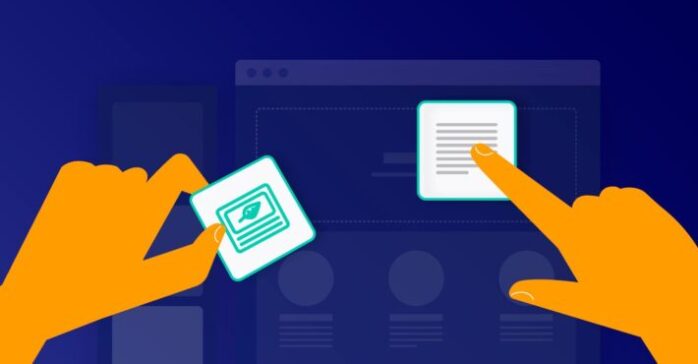
2. Choose the Right Template
Fortunately, startups have plenty of choices now to build post-click landing pages and even entire websites at very affordable pricing plans. You can choose from a handful of web builders offering pre-made and fully-functional templates that come with built-in UI and UX elements, follow the Mobile-First design guidelines, and allow you a handful of customizations.
Choosing a template is not difficult as long as it matches the type of business you conduct, the audience you address, and the product/service you promote.
3. Post-Click Landing Page Branding
Users of any website will offer your post-click landing page a few seconds before they bounce off from the page or click on your CTA button. In those few seconds, they need to understand who you are, what you want from them, and whether or not they can trust you.
If anyone would master the refined art of business branding, we would not have advertising companies, PR firms, or digital marketing collaborators anymore. However, nothing stops you from personalizing your landing page to be coherent with the ad or post users clicked on before reaching it.
Your post-click landing page should feature your brand’s logo as visible as possible, as this symbol or emblem makes the connection between the visitors, your brand’s story, and the product/service you promote in a smooth, straight trail of thinking and of action.
If you are a beginner, paying professional designers for logo creation is just as complicated as integrating the logo on a landing page. Luckily for you, website builders like ucraft.com allow you to create a logo, choose a template, tailor a layout, and make a landing page go live with a few clicks. As logo creation goes, the service includes full customization of fonts, colors, shades, text, vector icons, and more. What is more important, is that if you choose a pre-made landing page template, you don’t have to bother too much with the placing of the elements.
A well-crafted web template usually displays the logo on the top-left corner of the screen, on both desktop and mobile devices.

4. A Unique Selling Proposition
Your USP is what makes you different from your competitors. It is the reason why people click on your CTA and maybe buy your product or download your e-book. The USP answers questions such as “Why is this offer unique?”, “What if my needs does this offer satisfy?”, “Why should I trust this brand?”, and more. Some of the most important elements to create a USP are the following:
- A headline. It should be short, to the point, and very clear.
- A secondary headline. This short and equally clear piece of content should support the main headline by either finishing the thought or by offering additional information, adding value, or enhance the attraction of your offer for your leads.
- You can also add a reinforcing statement or a closing statement, but they are optional. The idea is to keep your potential clients focused on what you want them to do: click the CTA button.
5. Visual Elements
You will hear many people talking about hero images to capture the attention of your visitors, but try to think out of the box. Pick a landing page template that goes beyond the hero image or the video background. Everybody does that. Instead, think of the following:
- Split-screen web design, a UI trend that keeps evolving;
- Animations;
- A sleek how-to video running in the background, especially if you are promoting apps or software;
- Animated 3D models in case you showcase fashion items;
- Real people that your customers can relate to, depending on what you promote/sell.
As a piece of advice, refrain from using generic stock photos, as Internet users got used to them and bored with them. If you do use them, make sure you edit them to serve your purposes.

6. Features and Benefits
A post-click landing page that converts should keep the users’ minds focused on the exact thing that brought them there. Landing pages, as opposed to blog articles or product descriptions, should keep the copy as minimalist as possible. So instead of using poetry and wordiness to describe why your customers should click on the CTA button, you should either feature the benefits and features in a visual manner or integrate them in short pieces of text that are easy to read and make an impact.
7. Social Proof
The best practice is to avoid as much as possible the display of other links on your post-click landing page. The only link should be the CTA button. Another issue to keep in mind is to stay away from fake testimonials – in this day and age, everyone can spot fake praises.
As social proof goes, you should keep things minimal by inserting a few logos from your most trusted clients or collaborators. Real reviews from Google or other trusted review websites also help but do not overdo things.
A video testimonial or review might help, but make sure it does not affect your page’s loading time and performance.

8. Call to Action
This is your conversion goal and it should be loud, clear, and compelling. Avoid bland and generic CTAs, such as “Subscribe Here” or “Buy Now.” While there is nothing wrong with them, people saw them already all over the place.
Your CTA button should come in a contrasting, bold color, convey a sense of urgency, and lead people fast to whatever you promote or sell.
CTAs are some of the easiest landing page elements to go through A/B testing, so take your time to select the best version that converts more.
Bottom Line
With today’s website builders, easy customizations in web design, and plenty of free tools and layouts to use, the creation of a post-click converting landing page is not impossible if you are a beginner business or freelancer. However, you need to put your time, research skills, and effort into it to produce a high-quality contemporary-looking page like Sixads that helps you meet your conversion goals.

